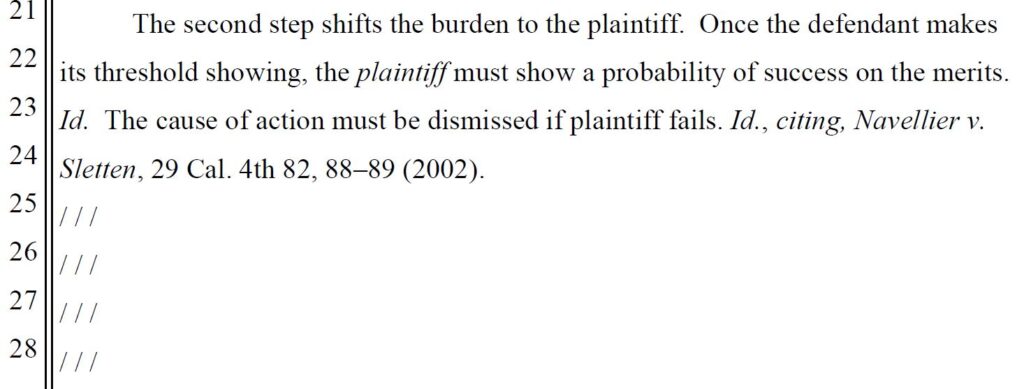I had a reader ask “Question: When formatting a pleading, what is the /// called at the bottom of the page? What are the rules?” After some research, here’s what I find:
It is usually called a “slash” (or in this example, three slashes). This slash is also called “forward slash,” “diagonal,” “virgule,” or “solidus.”
In formatting a legal document, you should always leave at least two lines at the bottom and at the top of a page avoiding a single line in either place. The single lines are called widows (at the top of a page) and orphans (at the bottom of the page) and there are settings in Word to avoid that (Paragraph, Line and Page Breaks, Pagination, Widow/Orphan control). Sometimes, moving the orphans to the next page leaves a larger margin at the bottom of the page and is particularly noticeable when you are using numbered pleading paper. To avoid the reader thinking that is the end of the document, some people use the three slashes–either without space or with a space between each slash–to signal that there is more text on the next page. I typically see the slashes with spaces between each slash and on each line–with the same spacing as the document itself–on as many lines as you need to get to the last numbered line. Here is an example:

While it is not necessary and there is no rule that I find requiring it, it will depend on your firm’s preference. Using the three slashes does make it clear that there is additional language on the next page, so I see the usefulness. The caveat is to make sure that that is among the last tasks you do when finalizing a document. Otherwise, if language is deleted or moved around, the slashes could end up in the middle of a paragraph or between two paragraphs and just cause confusion, so be very careful when using them.


 Follow
Follow